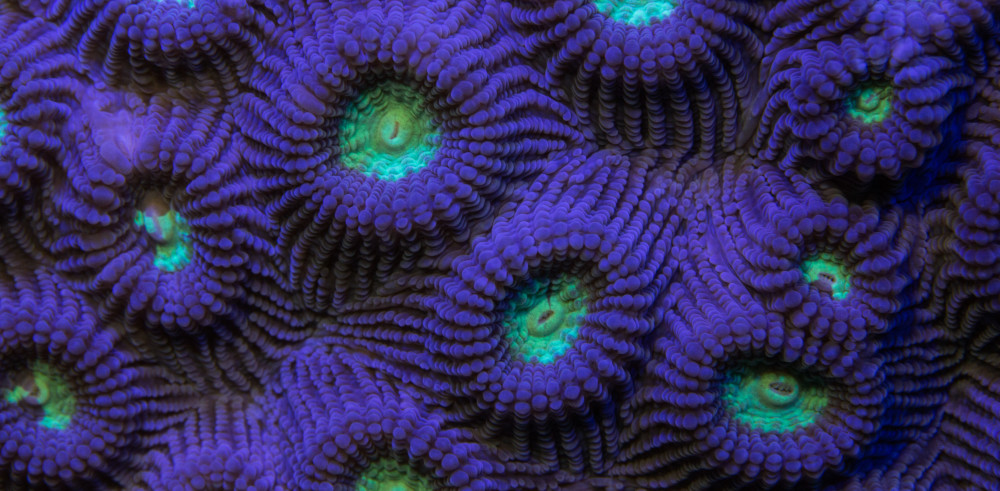The Jungle Crow (Corvus macrorhynchos) is found throughout the Ryukyu Islands. They are abundant here and can be found all over Okinawa. Populations have increased due to the readily available food, left on the side of the road and in dumpsters. It’s important to keep your trash enclosed in cages to prevent the crows from getting to it.
- Scientific name: Corvus macrorhynchos
- Local name: Jungle crow
- Distribution: Ryukyu Islands
- Habitat: Farms, cities, forests and grasslands.
- Diet: Eats almost everything
- Average size: 50cm body length
- Color: Black

Jungle crow and plastic © Shawn Miller

Jungle crow in flight © Shawn Miller
The farmers in Onna village put up this deterrent to keep the crows from coming back.

Crow cross -Onna village © Shawn Miller
Crows can be vicious predators. They often harass other birds, showing off their strength.

Aggressive behavior © Shawn Miller
These intelligent birds work as a team to get what they want. I have personally seen them raid baby birds from the nest. I have seen them fly away with juvenile woodpeckers, rails and swallows.

Crow taking the Okinawa woodpecker from the nest © Shawn Miller
The mother duck worked hard to protect her young from this vicious predator.

Spot-billed duck and ducklings
To control the population of jungle crows in northern Okinawa, they use large traps to catch them in. One way in and no way out!

Crow trap – Northern Okinawa © Shawn Miller
Possibly a strange growth that occurred from an injury (broken beak). Could this be one of the few crows that made a successful escape from a trap?

A crow with an extended hook beak © Shawn Miller
As much as we dislike the crow, they do have a purpose in the ecosystem. They clean the dead animals (road kill) off the road, keeping our environment clean from rotting carcasses. I often see them feeding on cats, snakes, lizards, birds, and rats dead in the road.

Mongoose -roadkill © Shawn Miller

Crow feeding on a cat by Shawn Miller © Shawn Miller

Crows eating roadkill -Okinawa © Shawn Miller
On several occasions, I have observed crows eating dead animals on beaches and river banks. Met EEL-Zilla, a huge freshwater eel that washed up at Nagahama dam.

They also feed on the large green caterpillars that destroy the farmer’s taro (Taanmu) crops in Kin village

Crows of Okinawa -© Shawn Miller
Mutualism of Commensalism?
I believe this is Mutualism. Both animals possibly benefit from each other. The crow cleans the parasites on the boar’s skin and also acts as a warning system when threats are in the area. The wild boar uproots the ground, which gives access to insects, grubs, and worms for the crow. This was my first time observing this behavior in the wild.

Jungle crow and the Boar – © Shawn Miller
As soon as the boar spotted me it fled the scene. The crow attempted to stay mounted but could not keep up with the boar.

Jungle crow and the Wild Boar © Shawn Miller
Get-Familiarized with the Nature of Okinawa! – – – SUBSCRIBE BELOW
My Mission: To Document and Preserve the Wildlife of the Ryukyu Islands
This site is also designed to help people identify the beautiful animals of Okinawa, basically to serve as an online nature reference guide. If you would like to make a contribution to support my mission, please click on the donation link paypal.me/maketheswitch4nature
Your donations will help conservation initiatives as well as bring solutions to the worldwide pollution issues on our beautiful shorelines. Thank you for your support, Shawn M Miller.
#MakeTheSwitch4Nature
 The reef stonefish will also bury itself in the sand. Does that make it a sand stonefish?
The reef stonefish will also bury itself in the sand. Does that make it a sand stonefish?
 The false stonefish is more active than the reef stonefish. It generally gives predators a warning sign by displaying its brightly colored pectoral fins.
The false stonefish is more active than the reef stonefish. It generally gives predators a warning sign by displaying its brightly colored pectoral fins.














































